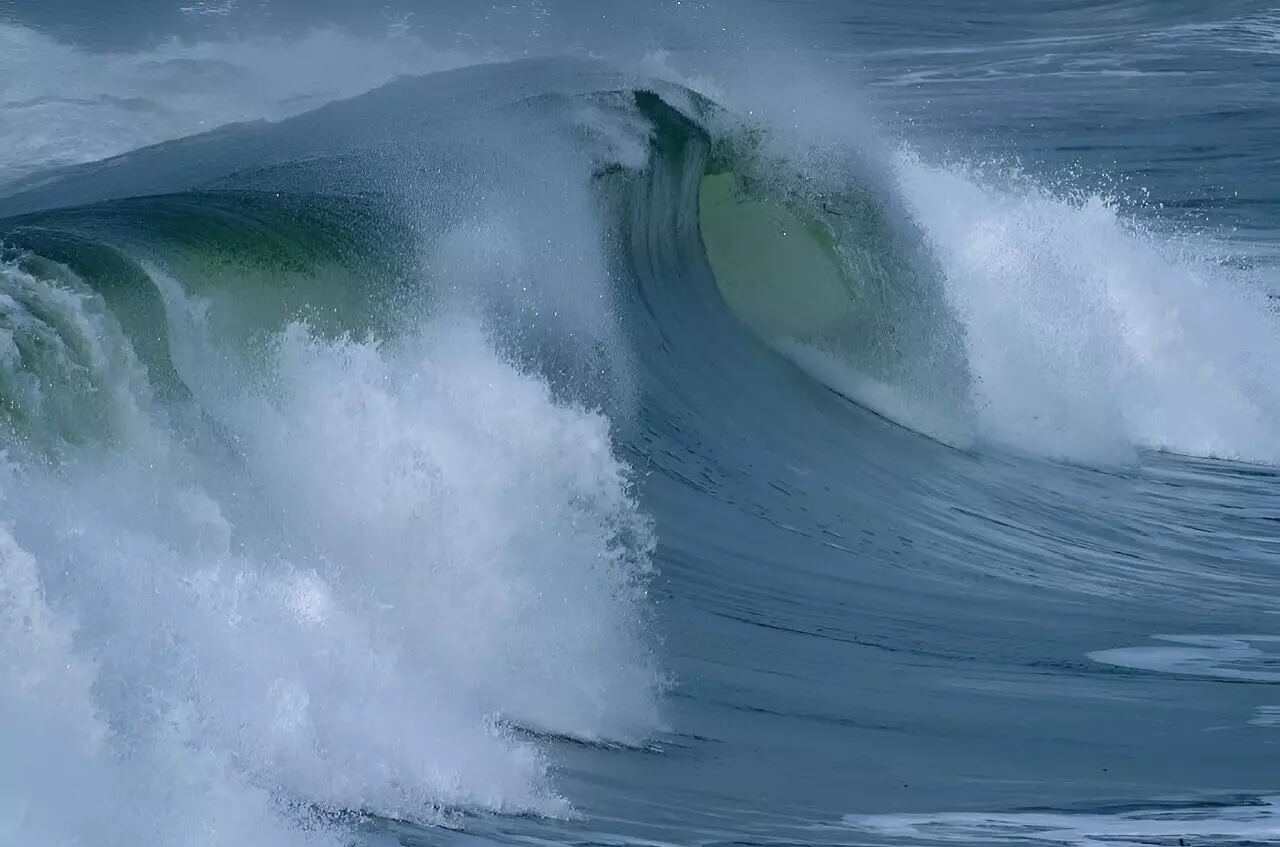Rogue waves, often dubbed as “freak waves,” pose a significant threat to maritime safety. These monstrous waves can reach heights of over 80 feet, appearing unexpectedly and causing devastating damage to ships and offshore platforms. The unpredictability of such waves makes them particularly dangerous, contributing to maritime accidents and disasters that can have severe consequences. In light of these dangers, a pioneering study published in *Scientific Reports* introduces an innovative tool designed to predict these towering waves, potentially revolutionizing marine safety protocols.
A Game-Changing Neural Network Approach
At the core of this groundbreaking study is a neural network developed by researchers Thomas Breunung and Balakumar Balachandran. This model has been engineered to identify ocean wave patterns that suggest an impending rogue wave, providing up to five minutes of advance notice. Given that even a few minutes can be the difference between disaster and safety at sea, the implications of this tool could be monumental. The neural network was trained using an impressive dataset of 14 million samples of sea surface measurements collected from 172 buoys situated along the continental United States and Pacific Islands. This vast amount of data equips the model with a robust foundation for learning the distinguishing characteristics of wave patterns.
Impressive Predictive Accuracy
The efficacy of the neural network tool is notable; findings indicate that it accurately predicts the emergence of rogue waves with a 75% success rate for one-minute forecasts and a 73% success rate for five-minute forecasts. Even more intriguingly, the model achieved a 75% accuracy rate in forecasting rogue waves near two additional buoys not used in its training dataset. This suggests the tool’s versatility and potential applicability in other maritime areas, raising hopes that such technology could extend beyond its initial geographical boundaries.
Enhancing Prediction Models
While the initial results are promising, the authors acknowledge the potential for further refinement. They point out that integrating additional variables such as water depth, wind speed, and precise wave location could significantly enhance the precision of their forecasts. This brings forth a pivotal opportunity for future research, advocating the development of a more holistic approach to rogue wave predictions. By considering factors that affect wave behavior, researchers could pave the way for even greater safety measures.
The Future of Maritime Safety
This innovative tool holds the promise of sharpening maritime navigational strategies, giving ships and offshore platforms the chance to respond effectively to rogue waves. The ability to receive timely warnings can lead to strategic maneuvers, allowing vessels to seek refuge or initiate emergency procedures. As maritime industries increasingly recognize the significance of advanced technologies, the integration of such tools marks an essential step forward. The marriage of cutting-edge technology and traditional marine knowledge stands to enhance the safety of seafarers while contributing to the evolution of contemporary oceanography.


Leave a Reply